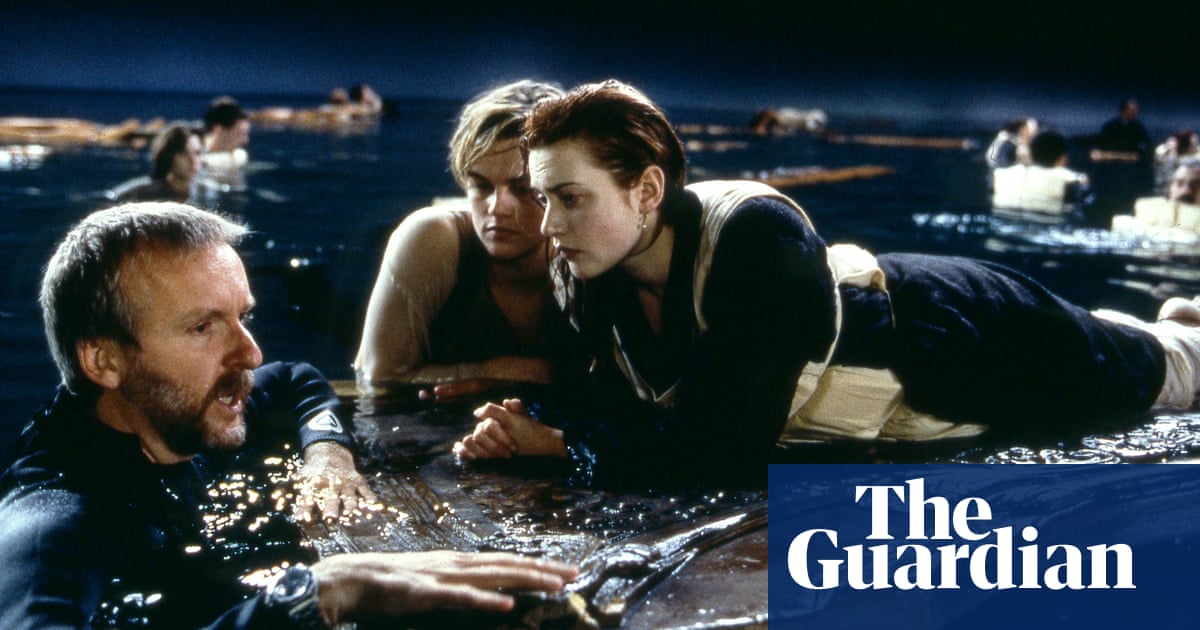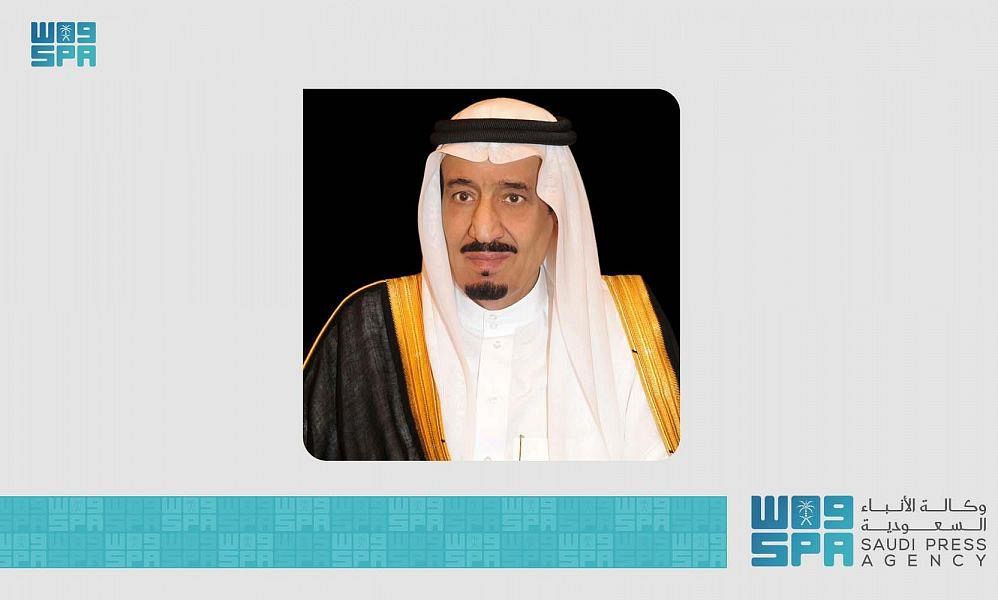
arly in the autumn of 1985, Prince’s assistant called me and said: “Prince would like you to come to France to be his personal photographer for the new film he’s making.” I packed my bags and jumped on a plane the next day to Studio La Victorine on the French Riviera, to document the filming of Under the Cherry Moon, Prince’s directorial debut. I was only 25 at the time. To this day, I think it’s one of the craziest things I’ve ever done.
It wasn’t my first time working with Prince. A few months earlier, Warner Brothers asked me to help him put together the album artwork for some of the smaller bands he was working with. I was mostly shooting his proteges – not Prince himself – but we got to know each other and I learned what he liked.
I had shot a few concerts, some bands, but no real celebrities. Then there I was, in the Cote d’Azur, surrounded by megastars. Warner Brothers had assembled the most star-studded crew you could think of: Academy award winners, the best cinematographers in the world, the best set designers – everybody you could imagine was there.
I arrived a week before filming got under way and I was in awe. Being in this place where Truffaut had made a number of his films with some of the leading lights of cinema felt like I was witnessing something legendary.
There were some technical things like locations and lighting and sets that were still being worked out, so I thought I’d have time to soak it in. I soon learned that Prince didn’t like his time to be idle. He was constantly at work, whether it was playing, recording, shooting a music video or a photo session. In the first week, his assistant announced that the formal photo shoot would take place that day. Two hours later, I was shooting Prince.
I didn’t have time to be nervous. The focus that kicked in was what I imagine people who do extreme sports feel. You know if you falter for even a second you will fail. So I focused, intently, and made sure I got what I needed.
He led me towards a huge soundstage and we decided to keep things simple: I set up a white background with some unfussy lighting. I was fascinated by stripped-back portraiture at the time so I knew I wanted an image with nothing getting in the way. Prince let hair and makeup fuss over him, and then sent them all out of the room when he was ready. He put some music on a small boombox, and told me he was good to go. Within three rolls of film, I knew I had the shot.
I captured exactly what I set out to achieve: something simple, dramatic and iconic. The way the delicacy of his face offsets the muscularity of his stomach and the drama of his hand gestures makes this photo special for me. It ended up on the cover of his album Parade.
It was the start of more than a decade photographing Prince. I’ve worked with people of immense talent throughout my career, but nobody compares to him. Prince was Prince from the moment he woke up to the moment he went to sleep: he was meticulous in his art at every moment. Not once did I see him lose his temper or cause a scene, and working with him over such a long time frame allowed me to witness him in so many different iterations. Every year would herald a whole new reinvention, both in his aesthetic and his sound.
We parted ways in 1996. It was an amicable split. I didn’t hear from him for years, but we caught up in the early 2010s about making new work. Then, inevitably, he got swept on to a different project, and we never had chance to reconnect after that.
When I heard the news of his passing, I didn’t believe it. It sounds absurd, but I just didn’t believe he would die. The man was so endlessly creative that it was impossible to imagine his death. I spent 11 years of my life photographing him. Now, I hope my archive captures something of his inimitable creativity.
• Limited-edition prints from Jeff Katz’s archive of Prince are available from his website, princebyjeffkatz.com.
Jeff Katz’s CV
Born: Fairfield, Connecticut, 1960.
Trained: BA in film and cinema, Ithaca College, New York State.
Influences: Diane Arbus.
High point: “Being able to do what I love every day.”
Low point: “The death of film.”
Top tip: “Slow down, think more about your shot, and make something that makes people stop scrolling.”











